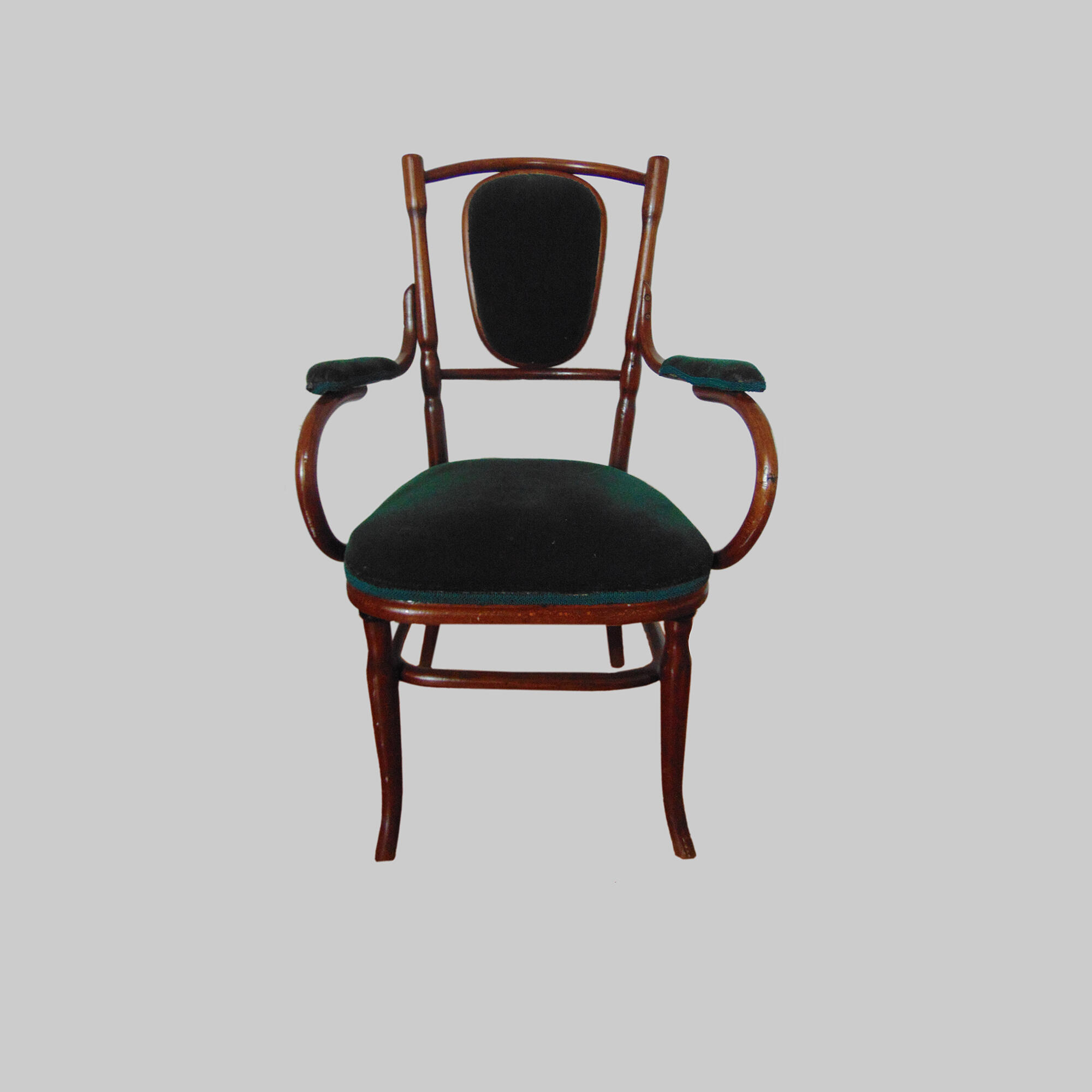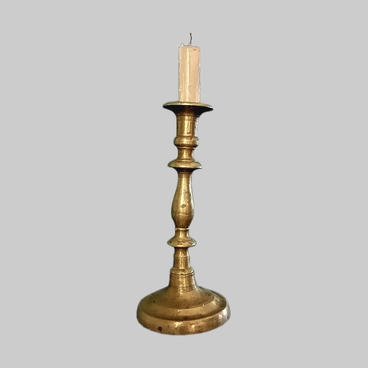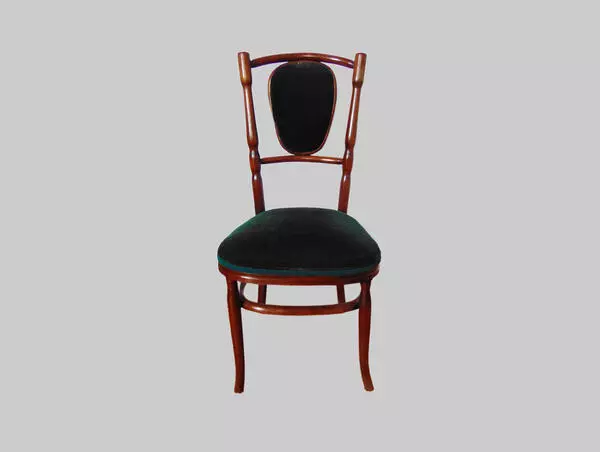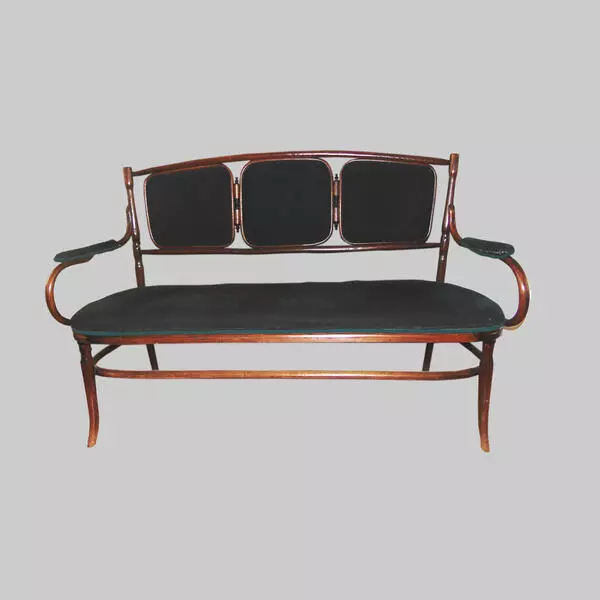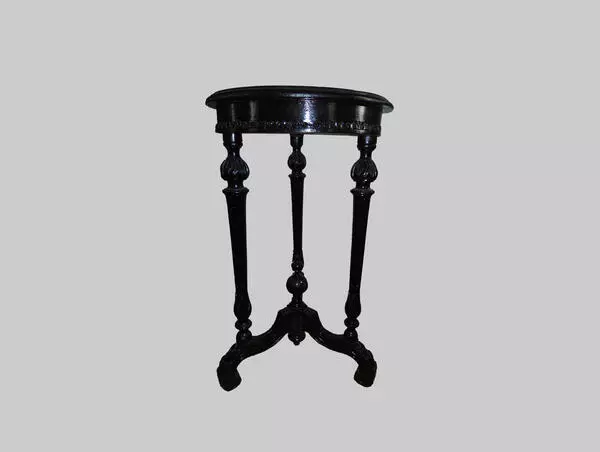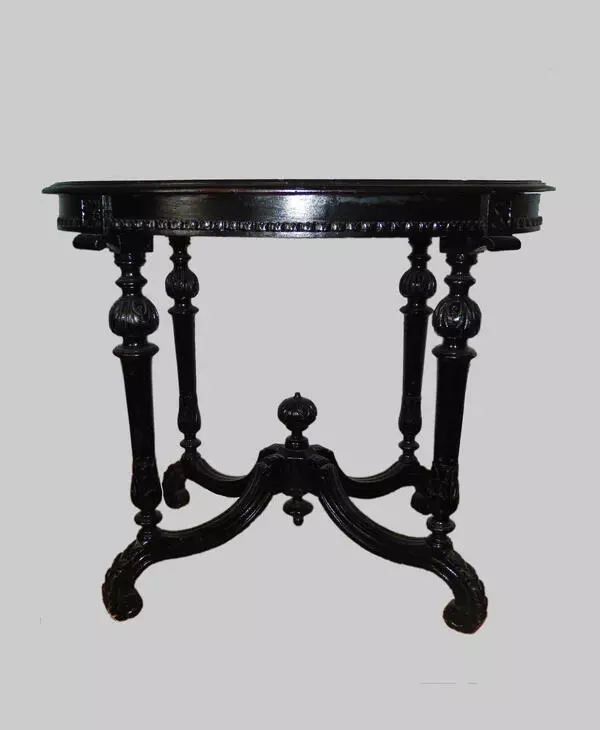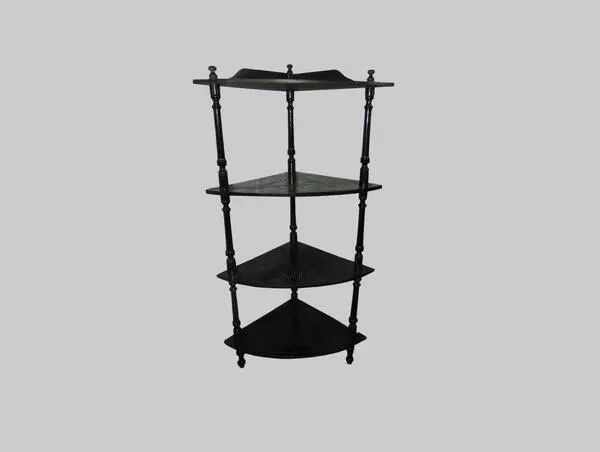Today, armchairs similar to those on display in the large sitting room of the Aksakov Family Museum are not a luxury and have no striking novelty about them. However, for the middle of the 19th century, furniture with an elegant, light and slightly curved shape, which, as it were, echoes the curves of the human body, was a real design revolution. It was produced by the German and Austrian master furniture maker and cabinetmaker Michael Thonet.
Having started with furniture production characteristic of the early 19th century, made of solid wood, Thonet moved to Vienna, where he opened his own factory. There he made round shaped furniture. They were made as follows: the wood, after being soaked in boiling water or steamed with water vapor was first bent, and then fixed with a press, after which it took a new shape. In 1850, he first introduced the so-called Viennese chair, which became one of the symbols of the Thonet company. It is this very style armchair that we see in the large sitting room.
Thonet worked out the industrial production of the famous chair in 1859, which was dubbed ‘Chair 14’. In addition to its attractive appearance, it was also recognized by it’s clever technology: the number of parts was reduced to a minimum, of which there are only six types. In this case, the parts were held together by small screws instead of glue. Consequently, such furniture was very easy to repair and therefore many Viennese chairs and armchairs have survived to this day almost in their original form, and their innovative design also had a huge impact on the development of industrial design as a whole. It was Thonet who guessed that screw connections, and not carpentry ones allow for collapsible furniture, which makes transportation that much simpler. At numerous world exhibitions, he transported his products disassembled, for example, 36 disassembled chairs occupy no more than one square meter.
Since the creation of the Viennese chair, its production has never stopped. Thonet had two factories in the Russian Empire: in Novo-Radomsk and Revel. Furniture was sold through private warehouses and stores in Moscow, St. Petersburg, Odessa, Kiev, at the Nizhny Novgorod fair. In Russia, Thonet’s products saw some impressive distribution, especially in the noble life. Subsequently, the Thonet brand became a household name: all the elegant airy furniture was called Thonet style furniture.
Having started with furniture production characteristic of the early 19th century, made of solid wood, Thonet moved to Vienna, where he opened his own factory. There he made round shaped furniture. They were made as follows: the wood, after being soaked in boiling water or steamed with water vapor was first bent, and then fixed with a press, after which it took a new shape. In 1850, he first introduced the so-called Viennese chair, which became one of the symbols of the Thonet company. It is this very style armchair that we see in the large sitting room.
Thonet worked out the industrial production of the famous chair in 1859, which was dubbed ‘Chair 14’. In addition to its attractive appearance, it was also recognized by it’s clever technology: the number of parts was reduced to a minimum, of which there are only six types. In this case, the parts were held together by small screws instead of glue. Consequently, such furniture was very easy to repair and therefore many Viennese chairs and armchairs have survived to this day almost in their original form, and their innovative design also had a huge impact on the development of industrial design as a whole. It was Thonet who guessed that screw connections, and not carpentry ones allow for collapsible furniture, which makes transportation that much simpler. At numerous world exhibitions, he transported his products disassembled, for example, 36 disassembled chairs occupy no more than one square meter.
Since the creation of the Viennese chair, its production has never stopped. Thonet had two factories in the Russian Empire: in Novo-Radomsk and Revel. Furniture was sold through private warehouses and stores in Moscow, St. Petersburg, Odessa, Kiev, at the Nizhny Novgorod fair. In Russia, Thonet’s products saw some impressive distribution, especially in the noble life. Subsequently, the Thonet brand became a household name: all the elegant airy furniture was called Thonet style furniture.
